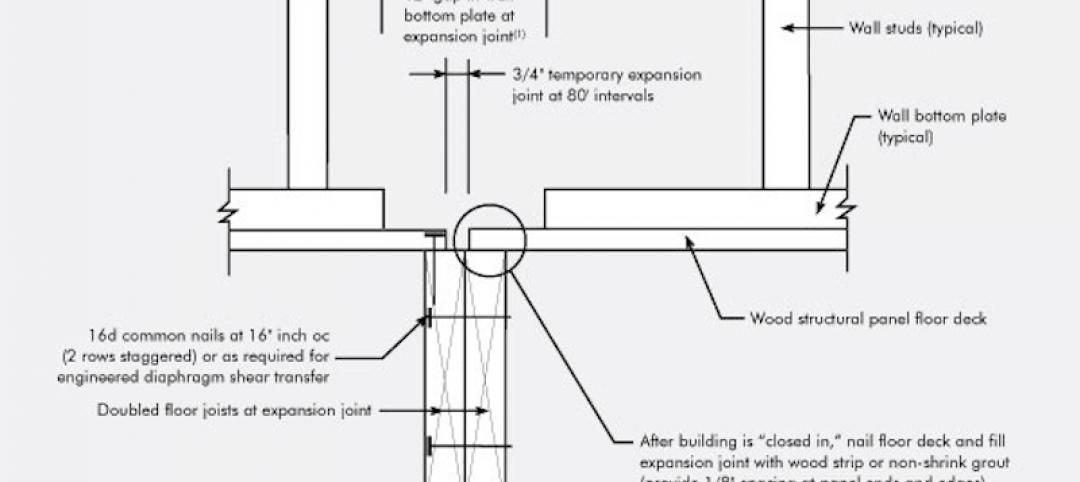The Cradle to Cradle Products Innovation Institute, together with the Healthy Building Network, Health Product Declaration Collaborative, and Clean Production Action, have announced a collaborative effort to further transparency and optimization of building product ingredients.
Supported by the U.S. Green Building Council (USGBC), the Harmonization Task Group will offer marketplace benefits, including consistent messaging, simplification, elimination of redundancies, and creation of more accurate, faster and, less costly assessments.
The cross-program platform will allow for a variety of pathways for improvement depending on a manufacturer’s goals and readiness, while increasing the rigor of product ingredient information, improving the knowledge of product ingredients in support of optimization, accelerating manufacturer participation by simplifying the ability to get started on the material health path, automating health hazard assessments, and providing a clear progressive path toward optimization.
“This is an opportunity to align efforts and share knowledge to accelerate material health and product innovation,” said Scot Horst, Sr. Vice President of LEED. “The Institute is an important part of this ecosystem, bringing the visionary Cradle to Cradle Certified Products Program to scale over the last several years. We are convinced we can get further faster by supporting product innovation and material health with a unified community.”
The Harmonization Task Group builds on the conclusions and recommendations from the Material Health Evaluation Programs Harmonization Opportunities Report published by the USGBC on August 30, 2013. The report found substantial overlap in the methodology and best practices used by leaders in the material health ecosystem. The Task Group plans to coordinate efforts by synchronizing the inventory, screening, and hazard assessment protocols to streamline the process for manufacturers.
“The USGBC is unique in its ability to pull together the leading voices in safer materials and products,” said Bridgett Luther, President of the Cradle to Cradle Products Innovation Institute. “We are very excited to be included in this ‘dream team.’ Working together will make it easier for manufacturers to improve their products, remove chemical hazards, and chart a path towards positive materials.”
The Health Product Declaration (HPD), GreenScreen, and Cradle to Cradle Certified Products Program are currently undergoing multi-stakeholder revisions processes, which provide an opportunity for further alignment. The Harmonization Task Group supports each organization in facilitating its own revision process and enables cross-organizational participation in each other’s revisions processes.
Related Stories
Building Materials | Dec 2, 2016
These are the top 10 tile trends to keep an eye on in 2017
Design styles such as bits & pieces, gritty chic, and metallics are among the ten tile trends to watch as we enter 2017.
Sponsored | Building Materials | Sep 7, 2016
Peeling Back the Layers: The Case for Monolithic Foam Seals in Expansion Joint Systems.
Sponsored | Building Materials | Aug 22, 2016
Mind the Gap
Temporary Expansion Joints in Large Structures
Building Materials | Jun 16, 2016
ABC: Construction material prices rise again in May
Nonresidential construction price gains were largely driven by iron and steel prices and steel mill product prices.
Green | Jun 2, 2016
USGBC offers new LEED pilot credit: Building Material Human Hazard and Exposure Assessment
For assessing human health-related exposure scenarios for construction products.
Building Materials | Jun 1, 2016
MIT study: Microscopic structure of natural materials can inspire better concrete
Bones and sea sponges are highly organized at the molecular level, while concrete consists of random composites.
Sponsored | Building Materials | May 25, 2016
Materials Manufactured to Move Protect Southwest Energy’s New Office
Codes and Standards | May 20, 2016
Industry leaders call for wider use of bamboo as a building material
Benefits include seismic resiliency and sustainability.














